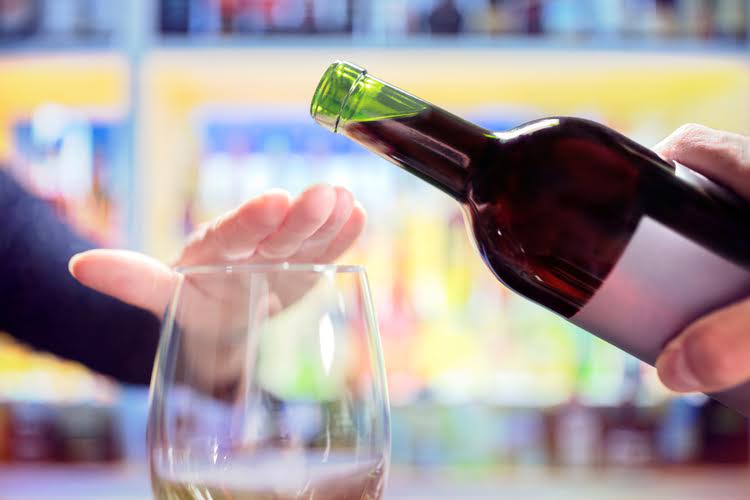Combining alcohol and marijuana at the same time roughly doubled the odds of drunk driving or legal, professional, or personal problems, compared to drinking alone. But that can jump to 70 to 120 beats or more per minute for 3 hours after the effects kick in. The added strain plus tar and other chemicals in pot may raise your chance of having a heart attack or stroke. The danger is even greater if you’re older or if you already have heart problems. Many people who use marijuana regularly notice that it boosts their appetite. They call this “the munchies.” Some research suggests that might help people with AIDS, cancer, or other illnesses regain weight.
- This is also consistent with prior findings that the dopaminergic reward system is reactivated during acute craving episodes (Volkow et al. 1999b, 2005; Koob and Volkow 2016).
- There are studies of children whose mothers used marijuana when pregnant with them.
- While the typical effects of marijuana consumption can include feeling mellow or relaxed or getting the “munchies,” cannabis withdrawal symptoms tend to reside on the opposite end of the spectrum.
- This is because there isn’t enough research yet about the medical benefits of the substance, especially long-term effects.
- Some people (especially preteens and teens) who know very little about edibles don’t realize that it takes longer for the body to feel marijuana’s effects when eaten rather than smoked.
A person’s urges might be so strong, for example, that they would sacrifice other commitments such as work or school in order to acquire and use marijuana. Additionally, because it impairs judgment and motor coordination, marijuana use contributes to a greater risk of injury or death while driving a car. Data analysis suggests that marijuana use more than doubles a driver’s risk of being in an accident. On a related note, the combination of marijuana and alcohol increases driving impairment more than either substance alone.
Adverse effects of marijuana use
These opponent-process responses are marked by within-systems and between-systems neurobiological changes that drive the loss of motivation towards non-drug rewards and impaired emotion regulation seen in this stage. The changes resulting from opponent-processes responses drive characteristic symptoms of a withdrawal symptom such as increased anxiety-like responses, chronic irritability, malaise, and dysphoria during acute and protracted abstinence from marijuana addiction a drug of abuse (Koob and Volkow 2016). Along with increased vulnerability to health problems and poorer cognitive functioning, recreational marijuana use has been found to negatively impact psychosocial outcomes as a whole. Palamar et al. (2014) examined multiple self-reported psychosocial outcomes through the “Monitoring the Future” survey within several annual cohorts of high school seniors in the United States who used alcohol and marijuana.
There are resources and treatment options available for those who are dealing with addiction. However, if the use is becoming a need or you’re experiencing negative consequences because of it, it may be a problem. If you or someone you love may be experiencing marijuana abuse or addiction, talk with a trusted healthcare professional.
How Marijuana Affects Psychosocial Functioning
They will likely cut back on activities that previously brought them joy or withdraw from them altogether. By Jaime R. Herndon, MS, MPH
Jaime Herndon is a freelance health/medical writer with over a decade of experience writing for the public. Finding others who are dealing with the same issues as you can be validating, and you can learn from one another about different ways to cope. Marijuana Anonymous is one such support group based on the principles of Alcoholics Anonymous.

Among students in grade 12, the reported prevalence of regular marijuana smoking has been steadily increasing in recent years and may soon intersect the trend line for regular tobacco smoking (Fig. 2B). We also need information about the effects of second-hand exposure to cannabis smoke and cannabinoids. In addition to changes in reward processing, chronic cannabis use also seems to affect emotion processing. Several MRI studies reveal functional and structural differences in the amygdala – a key brain structure in processing emotions – after chronic cannabis use. Compared to healthy controls, adolescents who used cannabis had lower activation in the amygdala in an emotional arousal word task during fMRI (Heitzeg et al. 2015).
Brain and Cognitive Health
“Methadone, buprenorphine, and extended-release intramuscular naltrexone—are known to be life-saving and are the cornerstone of opioid use disorder management.” Costa, under the mentorship of Dr. Joao P. De Aquino, of Yale University, and colleagues, carried out a systematic review and meta-analysis of existing research on the influence of cannabis on non-medical opioid use. Opioids are effective painkillers, but they can also be addictive, https://ecosoberhouse.com/ and the U.S. remains in the grip of an opioid use disorder crisis. In terms of deaths, there’s been a dramatic uptick blamed on synthetic opioids and fentanyl, climbing to just under 80,000 deaths in April 2023. Spitznas said the categories are not mutually exclusive because many drugs are used in combination. In addition, “we think both the heroin figure and the fentanyl figures are dramatic undercounts” in national surveys.

Commenti recenti